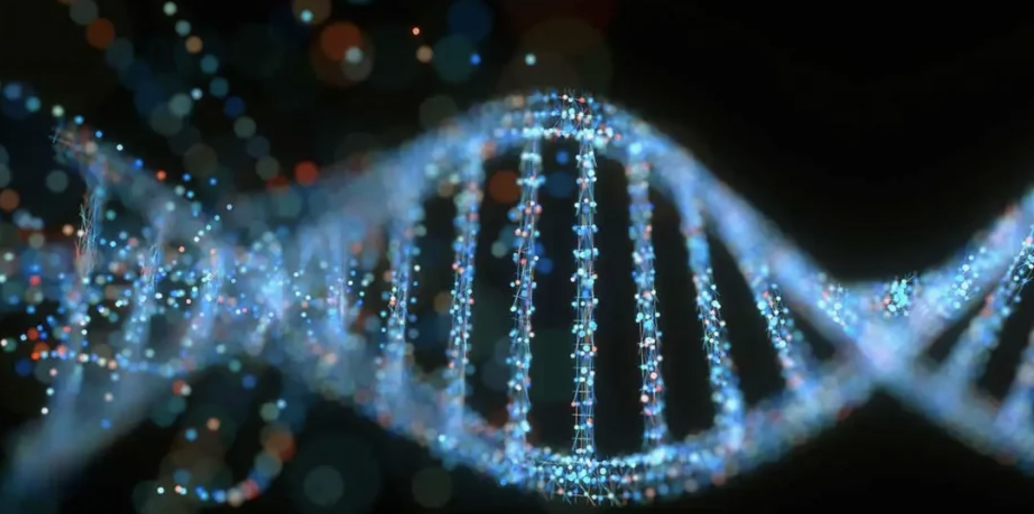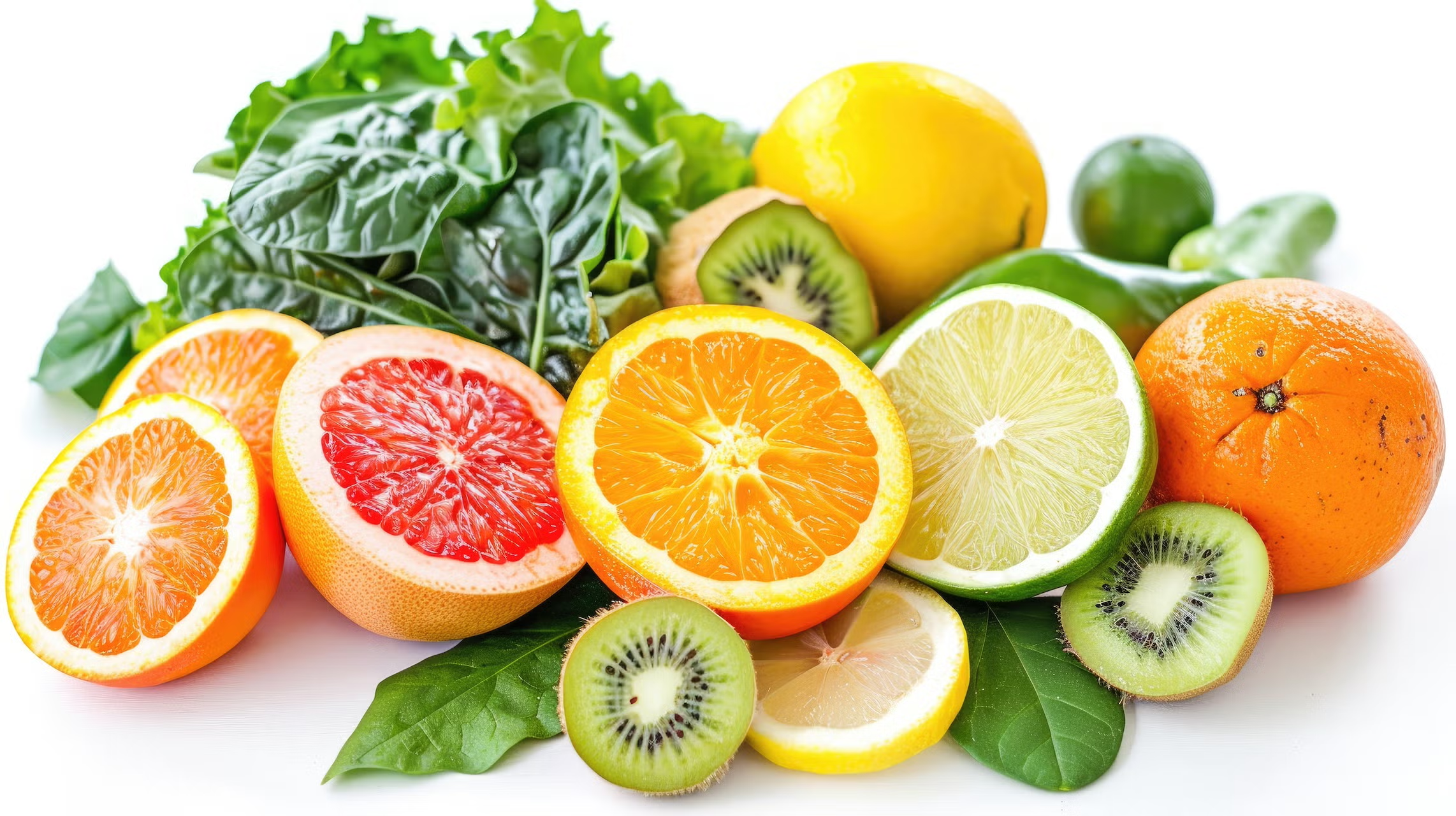Lifestyle Changes to Beat All-Day Fatigue: Simple Tips for a Healthier You
Do you find yourself dragging through the day, struggling to stay awake or focus? You’re not alone. Many people search for effective ways to combat all-day fatigue with sustainable and…
Why Screen Time Can Leave You Feeling Drained: The Complete Guide to Combat Its Effects
In our digital age, screens dominate our daily routines. From work to leisure, screen exposure is nearly unavoidable. But have you noticed that extended hours in front of your devices…
Stress and Tiredness: How Mental Strain Affects Your Energy Levels
Chronic stress is a well-known cause of physical and mental fatigue. This post will explore how stress affects cortisol levels and impacts your body’s ability to stay energized. We’ll discuss…
Why Am I Exhausted at Night Despite Getting Enough Sleep?
Reasons for Evening Exhaustion If you’re tired at night despite sleeping well, it might be due to poor sleep hygiene, chronic stress, or excessive screen time disrupting your sleep cycle.…
Afternoon Energy Slumps: Causes and Solutions
What Causes the Afternoon Slump? The afternoon energy slump is commonly experienced due to circadian rhythm dips, large carbohydrate-rich meals, or even dehydration. Eating a heavy lunch can cause your…
Why Am I So Tired in the Morning? Common Causes and How to Fix It
Many people wake up feeling groggy and tired, even after what seems like a full night’s sleep. This post will explore reasons like poor sleep quality, dehydration, and circadian rhythm…
Comparing Popular Diets: Mediterranean, Keto, Paleo, and Vegan
With so many diets available, it can be challenging to decide which is the best fit for your lifestyle and health goals. In this comparison, we’ll break down the key…
Understanding the Mediterranean Diet: A Balanced Approach to Eating
The Mediterranean diet is one of the most popular and well-researched diets globally, known for its numerous health benefits, including reducing the risk of heart disease, diabetes, and even cognitive…
Engine 2 Diet vs. Noom: A Comparison
Both the Engine 2 Diet and Noom are popular weight loss programs, but they take significantly different approaches to diet, mindset, and sustainability. If you’re trying to choose between these…
How to Start the Engine 2 Diet: A Guide for Beginners
The Engine 2 Diet is a plant-based, low-fat diet created by Rip Esselstyn, a former firefighter and professional athlete. This diet emphasizes whole, unprocessed plant foods and aims to reduce…








